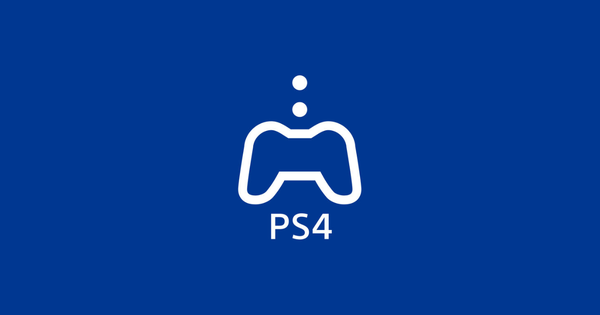More and more playback devices have a network connection on board. Just think of a smart TV, Blu-ray player, receiver, game console and media player. Handy, because you can easily call up media files on such playback devices that are stored elsewhere in the network.
01 PC as media server
If you want to share movies and music via the network, first configure the settings of the storage medium. In most cases this is a PC or NAS. Some devices are able to access shared folders over the network, such as most media players. Also read: How to set up a media server with Plex.
You can read exactly how to create shared folders on a computer here. It is easier to set up a media server for streaming music and movies. On Windows machines, you use the Windows Media Player program for this. Click at the top Streaming / Enable Media Streaming. Then choose again Enable media streaming. Think of a logical name for your media server in the top text field. If devices in your network are enabled, you will see their name in the overview. Per device you give permission to stream music and movies from the media server on your PC.
Finally click on OK. If necessary, add media to Windows Media Player so that the files are available to clients on the network.

Specify which devices can access the media server.
02 NAS as media server
Many NAS manufacturers add a media server to their products. You can easily enable it, so that stored files are accessible to playback devices in the network. Exactly how you activate the media server depends on the software on the NAS. For Synology devices, first open the DiskStation Manager management panel in a browser.
Open the part Package Center and choose on the left for Multimedia. below media server then click to install. Then open File Station. Media files you add to the folders music, photo and video are automatically available on playback devices on your network. The condition is that these devices support DLNA and/or UPnP.

You can install a media server on most NAS.
UPnP and DLNA
When you search the internet for information about sharing media files via the home network, you will undoubtedly come across the terms UPnP and DLNA. These are two popular protocols that are designed to allow equipment to work together without all the hassle. Perfectly suitable for simple streaming movies and music over the network!
There is actually no difference between the two protocols. They are therefore perfectly able to communicate with each other. DLNA is nothing more than an official certificate that manufacturers can purchase for their products. UPnP, on the other hand, works just as well. With a DLNA and/or UPnP media server, you can make movies and music available to other devices. With suitable software you can easily set up a DLNA or UPnP server. Examples include Windows Media Player, PS3 Media Server, and XBMC.
03 Smartphone/tablet as media server
You can also stream media files stored on your smartphone or tablet to other playback devices. There are numerous solutions available for this. It is smart to check whether the manufacturer of the equipment to which you want to stream the media has released an app for iOS and/or Android. This is often the case, especially with recent equipment. Conveniently, many amplifiers and speakers now support AirPlay. This protocol makes it easy to stream music and videos from an iPhone or iPad.
For iOS and Android, there are also various apps to download that excellently take on the role of UPnP or DLNA server. Search the App Store or Google Play Store for the names of these protocols and you will be presented with plenty of options. Some examples of useful apps for these protocols are BubbleUPnP and Pixel Media Server. These apps are for Android. For example, iOS users can turn to ArkMC.
04 Play media files
Once you've set up a media server on a PC, NAS, tablet or smartphone, you can get started with playback devices to access these files. If you want to play the media files with a computer, you can use the Kodi program for this, for example. At the part System successively click on Settings / Services / UPnP. Mark the option Allow control via UPnP. The media server is now visible in Kodi.

With the right settings, Kodi recognizes media servers in your home network.
In the main menu, for example, navigate to Music / Add source / Browse / UPnP Devices. Select the desired server and confirm with OK to make the media files accessible from the network in Kodi. In addition to your PC, other devices are also able to access media sources via the network. When your television or Blu-ray player is connected to the home network, select the desired media server in the source list.
For devices without a network connection, it is best to use a media player. This is a separate box that can pick up all media files in your network and then display them on your television. Popcorn Hour, Eminent, ASUS and Philips, among others, are well-known manufacturers of media players.

